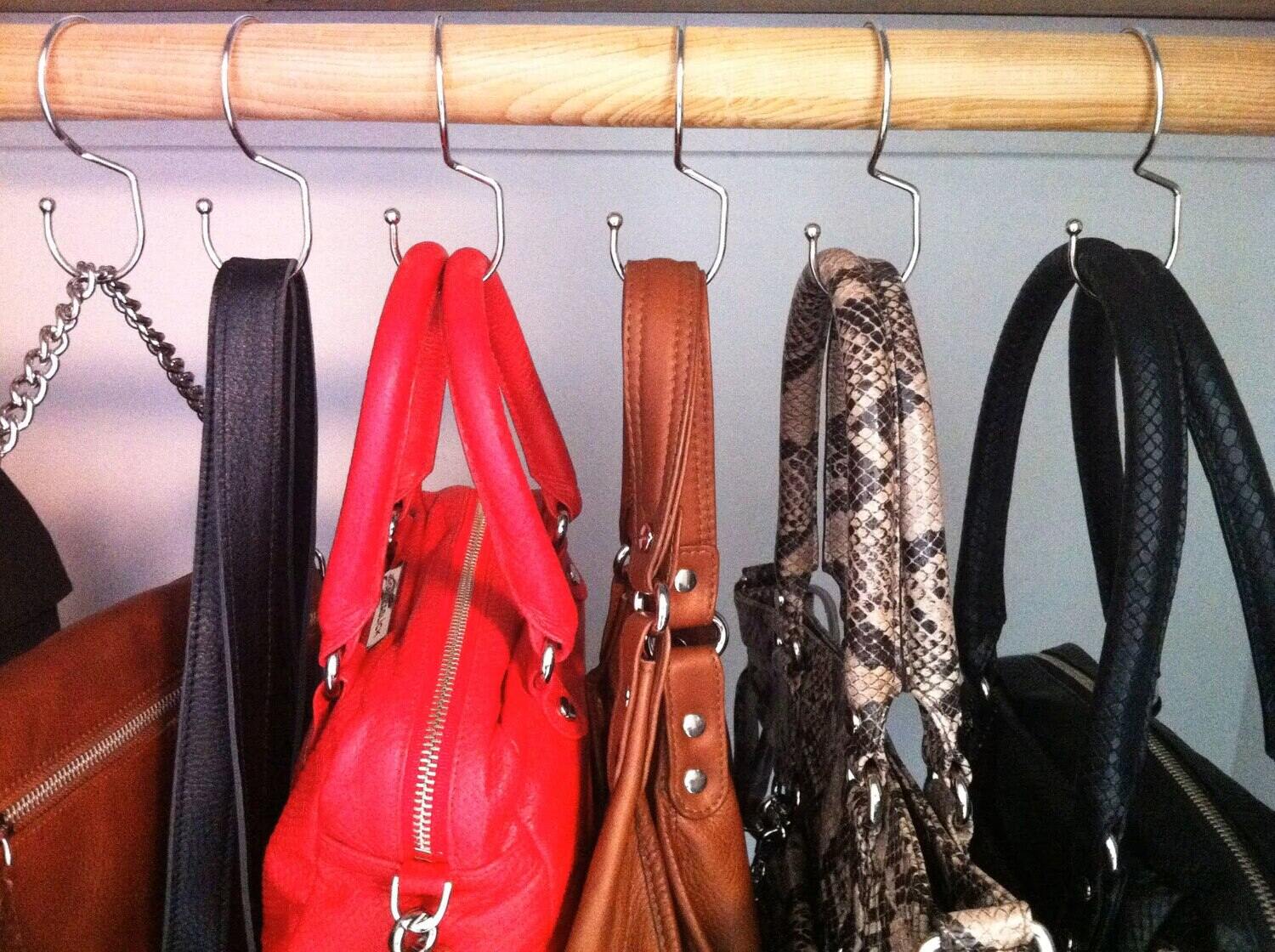

Articles
How To Store Bags To Prevent Mold
Modified: January 18, 2024
Learn effective strategies to store your bags and prevent mold. Read our articles for valuable tips and tricks.
(Many of the links in this article redirect to a specific reviewed product. Your purchase of these products through affiliate links helps to generate commission for Storables.com, at no extra cost. Learn more)
Introduction
Welcome to the world of bags! From handbags and backpacks to suitcases and duffel bags, they serve a multitude of purposes, helping us carry our belongings with ease. However, when it comes to storing our bags, there is one common enemy that can cause significant damage – mold.
Mold is a type of fungus that thrives in damp and humid environments. It can easily take hold of our beloved bags, resulting in unpleasant odors, discoloration, and even structural damage. The last thing we want is to discover our favorite bag covered in mold when we retrieve it from storage.
Fortunately, there are measures we can take to prevent mold growth and protect our bags during storage. In this article, we will discuss effective techniques to store your bags safely and keep them mold-free.
Key Takeaways:
- Prevent mold on your bags by choosing a dry, well-ventilated storage location, cleaning and drying your bags thoroughly, and using desiccants and protective covers to create a mold-resistant environment.
- Regularly inspect and maintain your stored bags to catch any signs of mold early, rotate and use the bags to prevent stagnation, and address any moisture issues in the storage area promptly.
Read more: How To Store Shoes To Prevent Mold
Understanding the Causes of Mold
Before we delve into the strategies for preventing mold growth, it is important to understand the root causes of mold formation. Mold requires certain conditions to thrive, and by addressing these factors, we can greatly reduce the risk of mold affecting our stored bags.
The primary cause of mold is excess moisture. When bags are stored in a damp or humid environment, it creates the perfect breeding ground for mold spores to grow and spread. This can be further exacerbated by poor ventilation and lack of air circulation.
Another contributing factor is the presence of organic materials. Many bags are made from natural fibers, such as leather or canvas, which are susceptible to mold growth. Additionally, if a bag has been previously exposed to moisture or is not thoroughly dried before storage, any residual moisture can increase the likelihood of mold growth.
Furthermore, the location of storage plays a crucial role. Basements, attics, and other areas prone to moisture buildup are more susceptible to mold growth, while areas with proper ventilation and climate control are less likely to foster mold.
By understanding these causes, we can take the necessary steps to minimize moisture, provide adequate ventilation, and choose an optimal storage location for our bags.
Choosing the Right Storage Location
When it comes to storing your bags, selecting the right location is key to preventing mold growth. Here are some factors to consider:
- Avoid areas prone to moisture: Basements, attics, and areas with known moisture issues should be avoided. These spaces tend to have higher humidity levels, increasing the risk of mold growth. Instead, opt for a dry and well-ventilated area.
- Consider climate control: If possible, choose a storage space with climate control features. This allows you to regulate the temperature and humidity, ensuring a stable environment for your bags.
- Keep away from direct sunlight: Prolonged exposure to sunlight can cause fading and damage to your bags. Choose a location that is away from direct sunlight or use protective covers if sunlight is unavoidable.
- Opt for clean and dust-free areas: Dust and dirt can not only tarnish the appearance of your bags but also provide a breeding ground for mold. Make sure the storage area is clean and regularly maintained to reduce the risk of mold spores settling on your bags.
- Consider elevated storage: If possible, store your bags on elevated surfaces, such as shelves or racks. This helps to keep them away from potential sources of moisture, such as a damp floor or condensation.
By choosing the right storage location, you can significantly minimize the chances of mold growth and ensure the long-term preservation of your bags.
Cleaning and Preparing Your Bags
Before storing your bags, it is crucial to clean and prepare them properly. Here are some important steps to follow:
- Empty and inspect: Start by emptying the contents of your bags and thoroughly inspecting them for any signs of mold, moisture, or damage. If you notice any issues, address them before proceeding with the storage process.
- Clean according to material: Different bag materials require different cleaning methods. Check the care instructions provided by the manufacturer and clean your bags accordingly. Be sure to remove any stains, dirt, or debris that may be present on the surface of the bags.
- Allow sufficient drying time: After cleaning, allow your bags to dry completely before storing them. Hanging them up or using a fan to promote air circulation can expedite the drying process.
- Empty pockets and compartments: Make sure to empty all the pockets and compartments of your bags. Leaving items in pockets can create hidden pockets of moisture, increasing the risk of mold growth.
- Protect delicate hardware: If your bags have any delicate hardware, such as metal zippers or buckles, consider applying a protective coating to prevent corrosion or damage during storage.
- Consider using a mildew inhibitor: To provide an extra layer of protection against mold, you may use a mildew inhibitor or a fabric-safe anti-fungal spray. Follow the manufacturer’s instructions for safe usage.
By properly cleaning and preparing your bags, you can ensure that they are in the best possible condition for storage and minimize the risk of mold growth.
Using Desiccants and Absorbent Materials
Desiccants and absorbent materials are effective tools for preventing mold growth by reducing moisture levels within the storage environment. Here are some options to consider:
- Silica gel packets: Silica gel packets are commonly found in packaging and are designed to absorb moisture. Placing a few packets inside your bags or in the storage area can help keep the humidity levels low.
- Baking soda: Baking soda is a natural deodorizer and moisture absorber. You can sprinkle some baking soda inside your bags or place an open container of it in the storage area to help absorb excess moisture.
- Activated charcoal: Activated charcoal is known for its ability to absorb odors and excess moisture. You can place small bowls of activated charcoal inside your bags or in the storage area to help maintain a dry environment.
- Moisture-absorbing packets: Similar to silica gel packets, there are specialized moisture-absorbing packets available that are specifically designed for storage spaces. These packets can effectively absorb excess moisture and help prevent mold growth.
- Dehumidifiers: If you live in an area with high humidity or are storing your bags in a particularly humid environment, consider using a dehumidifier in the storage area. Dehumidifiers work by drawing moisture from the air, helping to create a drier and mold-resistant environment.
It is important to regularly monitor and replace desiccants or absorbent materials to ensure their effectiveness. These simple additions can significantly reduce the moisture content in the storage area and protect your bags from mold growth.
Store bags in a cool, dry place with good air circulation to prevent mold. Use silica gel packets or moisture-absorbing products to keep the area dry. Avoid storing bags in humid or damp areas.
Read more: How To Store Bread To Prevent Mold
Providing Adequate Air Circulation
Adequate air circulation is crucial for preventing mold growth in stored bags. Good airflow helps to maintain a dry environment and eliminate stagnant moisture. Here are some tips to ensure proper air circulation:
- Space bags apart: Avoid packing your bags too tightly together as it restricts airflow. Give each bag some space to breathe and allow air to circulate freely around them.
- Use shelves or racks: Opt for storing your bags on shelves or racks, rather than directly on the floor or against walls. This allows air to circulate underneath and around the bags.
- Avoid airtight containers: While it may seem like a good idea to store your bags in airtight containers to protect them, these containers can actually trap moisture and create a perfect breeding ground for mold. Instead, choose breathable storage options, such as fabric storage bags or pillowcases.
- Keep vents and air vents clear: Ensure that vents and air vents in the storage area are clear from obstructions. Blocked vents restrict the flow of fresh air, which can lead to excess moisture and mold growth.
- Use fans or air purifiers: If the storage area lacks natural airflow, consider using fans or air purifiers to keep the air moving. These devices can help minimize moisture buildup and maintain a dry environment.
By providing adequate air circulation, you create an environment that is less favorable for mold growth. This simple step can go a long way in preserving the quality of your bags during storage.
Using Protective Covers
Protective covers are a valuable tool in preventing mold growth and preserving the condition of your stored bags. They create a barrier between your bags and the surrounding environment, shielding them from dust, moisture, and potential mold spores. Here are some options to consider:
- Cloth covers: Cloth covers made from breathable materials, such as cotton or muslin, are excellent for protecting bags. These covers allow air to circulate while keeping dust and dirt away from your bags. Make sure the covers fit properly and are not too tight, as this can trap moisture.
- Garment bags: Garment bags are typically made from sturdy materials, such as nylon or polyester, and offer additional protection against water and dust. They come in various sizes and can accommodate different types of bags, including handbags and larger luggage.
- Plastic bags: While plastic bags are not the ideal choice for long-term storage due to their lack of breathability, they can be useful for short-term protection. If using plastic bags, make sure your bags are completely dry before sealing them, as trapped moisture can lead to mold growth.
- Vacuum-sealed bags: Vacuum-sealed bags can be effective for maximizing storage space and keeping bags free from dust and moisture. However, they are not suitable for bags made of delicate materials or bags that require airflow. Use them with caution and consider the specific needs of your bags.
- Leather conditioner: For leather bags, it is essential to apply a quality leather conditioner before storing them. This helps to keep the leather hydrated and prevents it from drying out and cracking, which can make it more susceptible to mold growth.
Remember to regularly check the protective covers and bags for any signs of moisture or mold. If you notice any issues, remove the covers, thoroughly clean the bags, and replace them with new covers.
Using protective covers is an excellent way to safeguard your bags from potential damage during storage and maintain their pristine condition.
Inspecting and Maintaining Your Stored Bags
Regular inspection and maintenance are vital for ensuring the long-term preservation of your stored bags. By keeping a close eye on their condition, you can identify and address any issues promptly. Here are some important steps to follow:
- Regularly check for mold or mildew: Periodically inspect your stored bags for any signs of mold or mildew. Look for visible spots, discoloration, or musty odors. If you notice any growth, take immediate action to clean and address the affected area.
- Open and air out the bags: Every few months, open the bags and allow them to breathe by airing them out. This helps to prevent moisture buildup and keeps the bags fresh. Take this opportunity to inspect for any signs of mold or damage.
- Rotate and use the bags: If possible, take out your stored bags and rotate them regularly. Using your bags periodically helps to prevent them from becoming stagnant and allows you to monitor their condition closely.
- Reapply protective measures: Over time, the effectiveness of certain protective measures, such as desiccants or covers, may diminish. Make sure to check and replenish or replace these items as needed to maintain optimal mold prevention.
- Address any moisture issues: If you notice any moisture or dampness in the storage area, take immediate action. Identify the source of the moisture and rectify it, whether it’s addressing a leak or improving ventilation. Keeping the storage environment dry is crucial for preventing mold growth.
- Store bags in their original dust bags: If your bags come with dust bags, use them for storage whenever possible. These bags are designed to protect your bags and provide an additional layer of defense against dust and moisture.
By regularly inspecting and maintaining your stored bags, you can catch any issues early on and take the necessary steps to protect them from mold and other potential damage.
Conclusion
Properly storing your bags is essential for preserving their integrity and protecting them from mold growth. By understanding the causes of mold and implementing preventive measures, you can ensure that your cherished bags remain in excellent condition. Remember the following key points:
Choose a storage location that is dry, well-ventilated, and away from direct sunlight. Avoid areas prone to moisture or high humidity.
Clean your bags thoroughly before storage and allow them to dry completely. Inspect for any signs of mold or damage, and address them promptly.
Utilize desiccants, absorbent materials, and air circulation techniques to reduce moisture levels and create a mold-resistant environment.
Consider using protective covers, such as cloth covers or garment bags, to shield your bags from dust and potential mold spores.
Regularly inspect and maintain your stored bags, checking for any signs of mold or mildew. Rotate and use the bags periodically to prevent stagnation.
By following these guidelines, you can enjoy the peace of mind knowing your bags are properly stored and protected. Remember, prevention is key when it comes to mold growth, and taking proactive measures will ensure your bags remain in top condition for years to come.
Frequently Asked Questions about How To Store Bags To Prevent Mold
Was this page helpful?
At Storables.com, we guarantee accurate and reliable information. Our content, validated by Expert Board Contributors, is crafted following stringent Editorial Policies. We're committed to providing you with well-researched, expert-backed insights for all your informational needs.
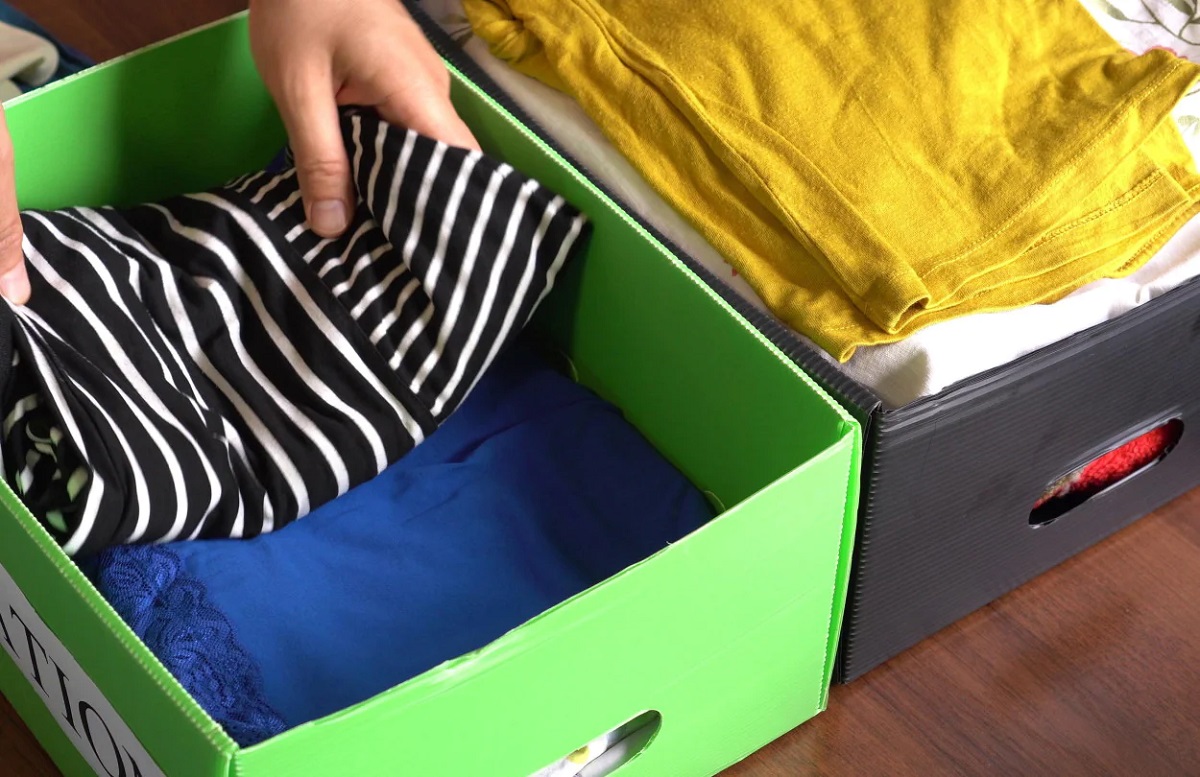

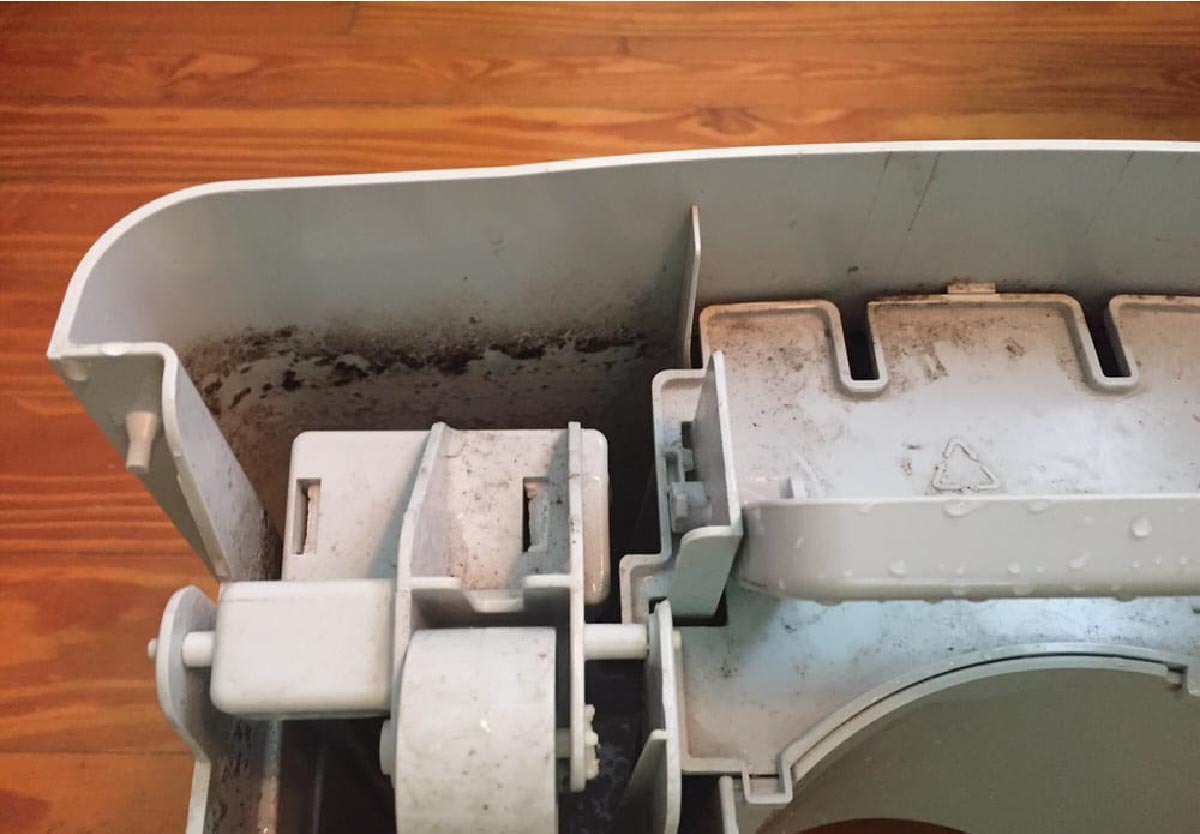

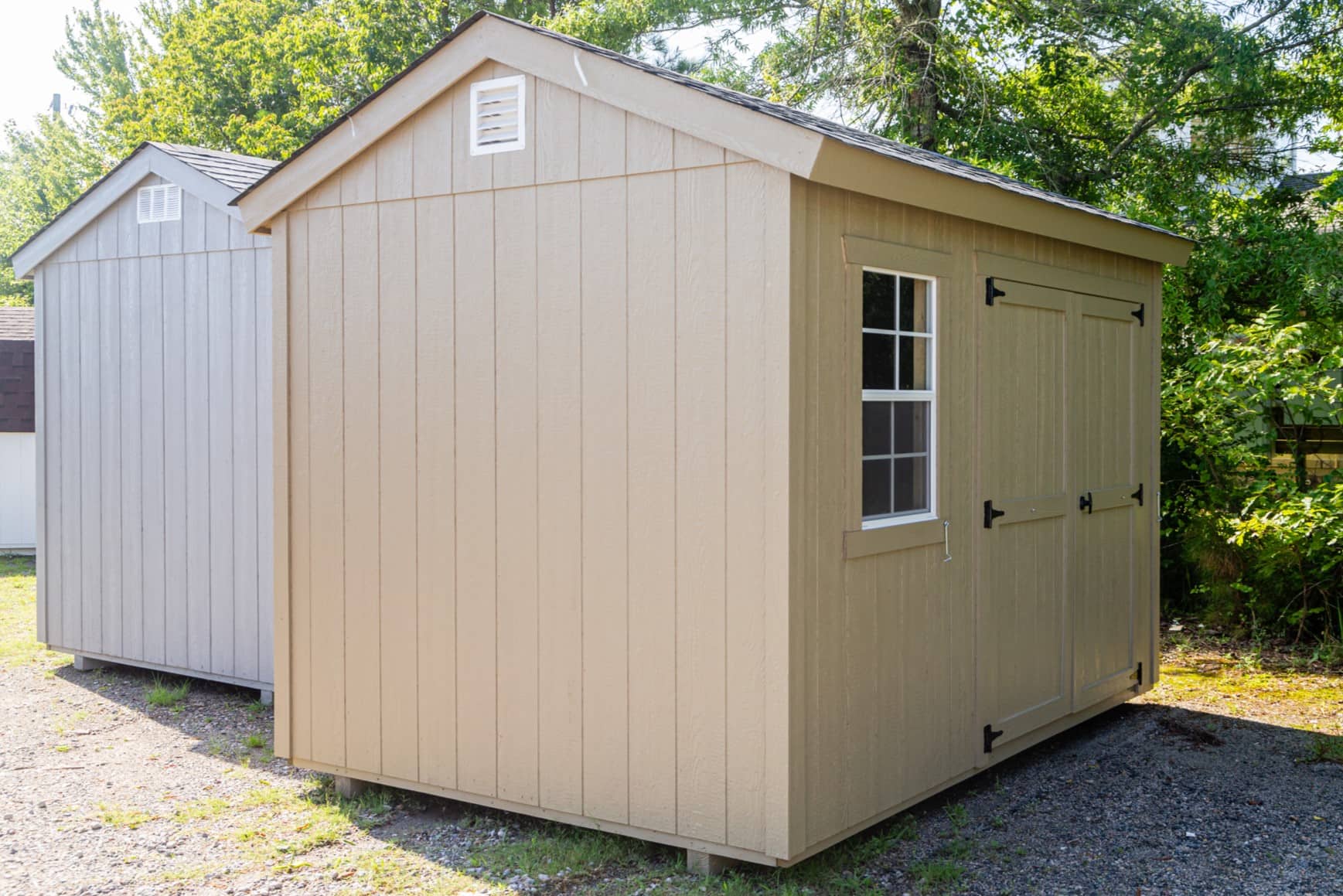
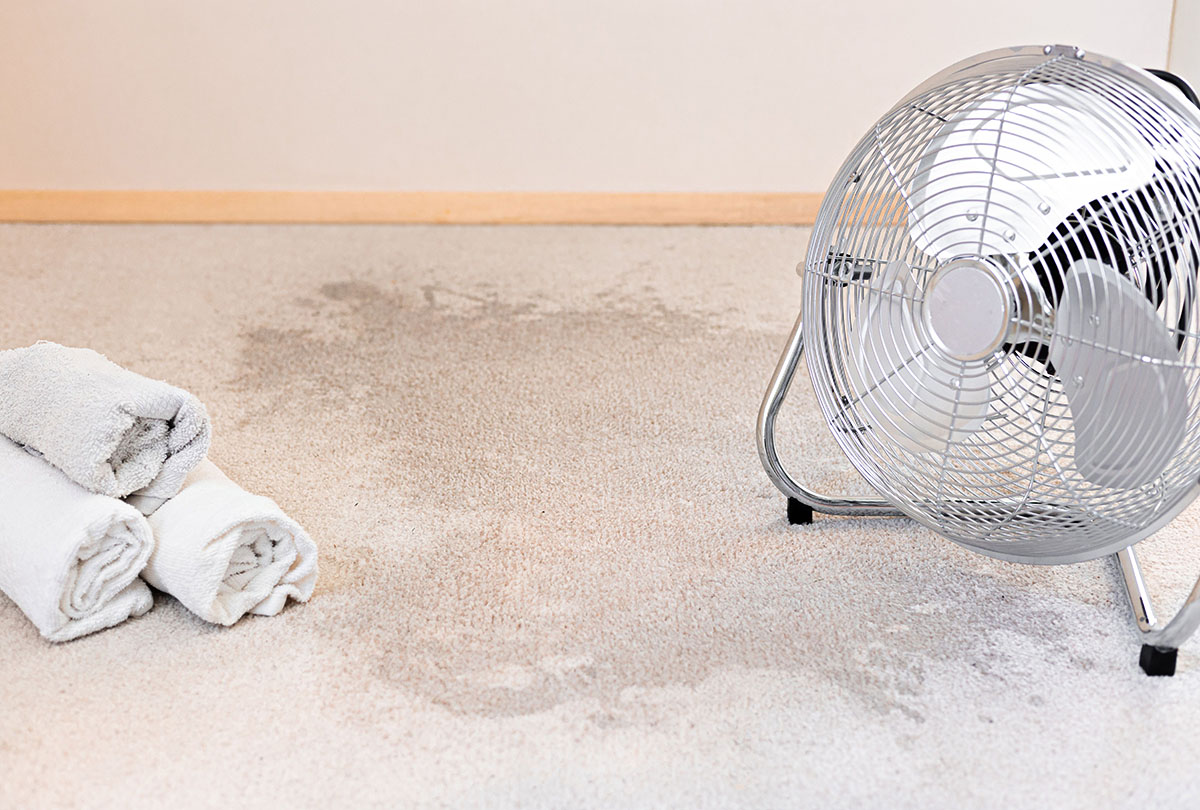


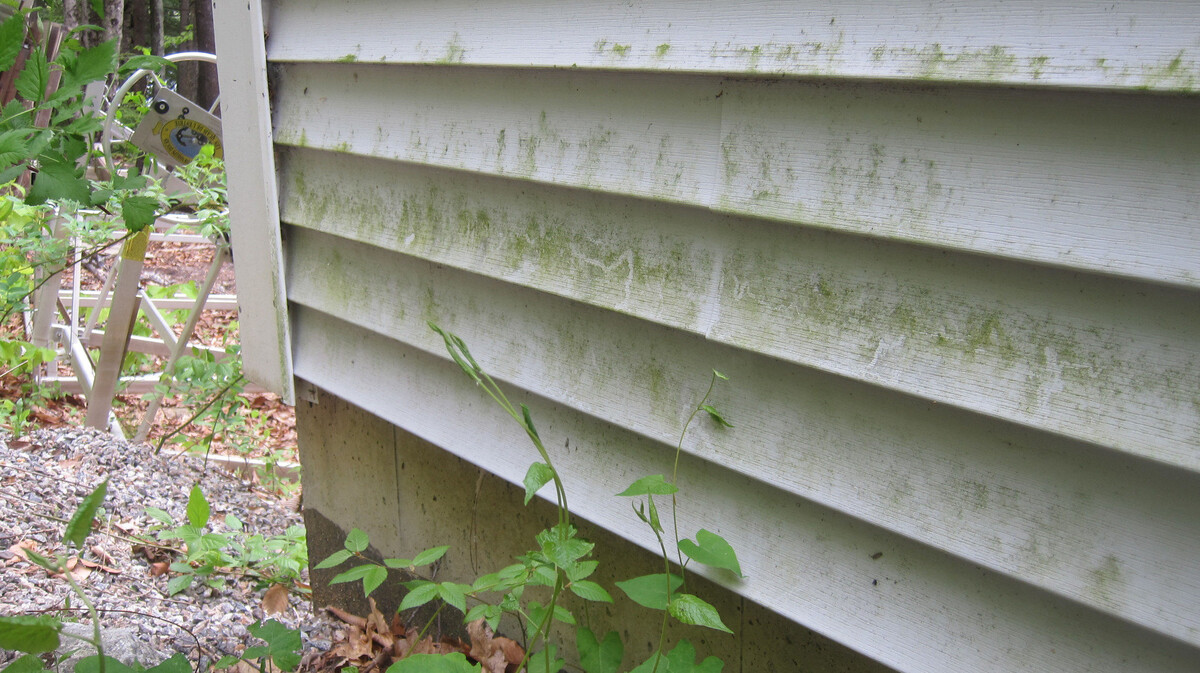
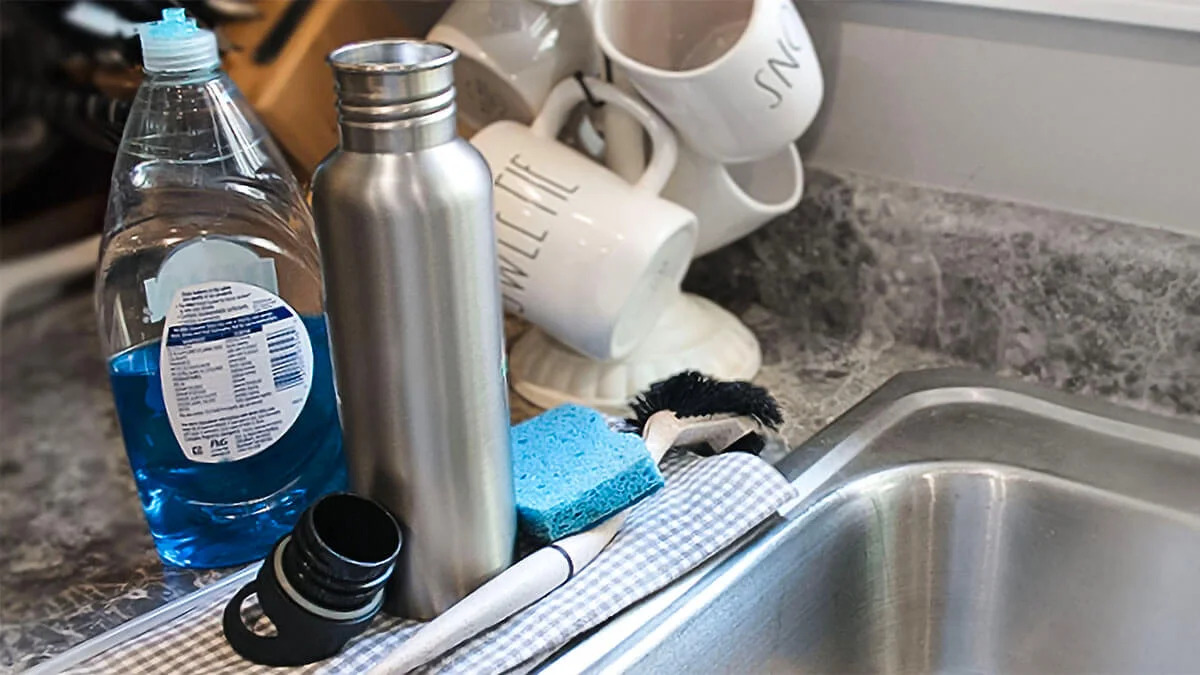
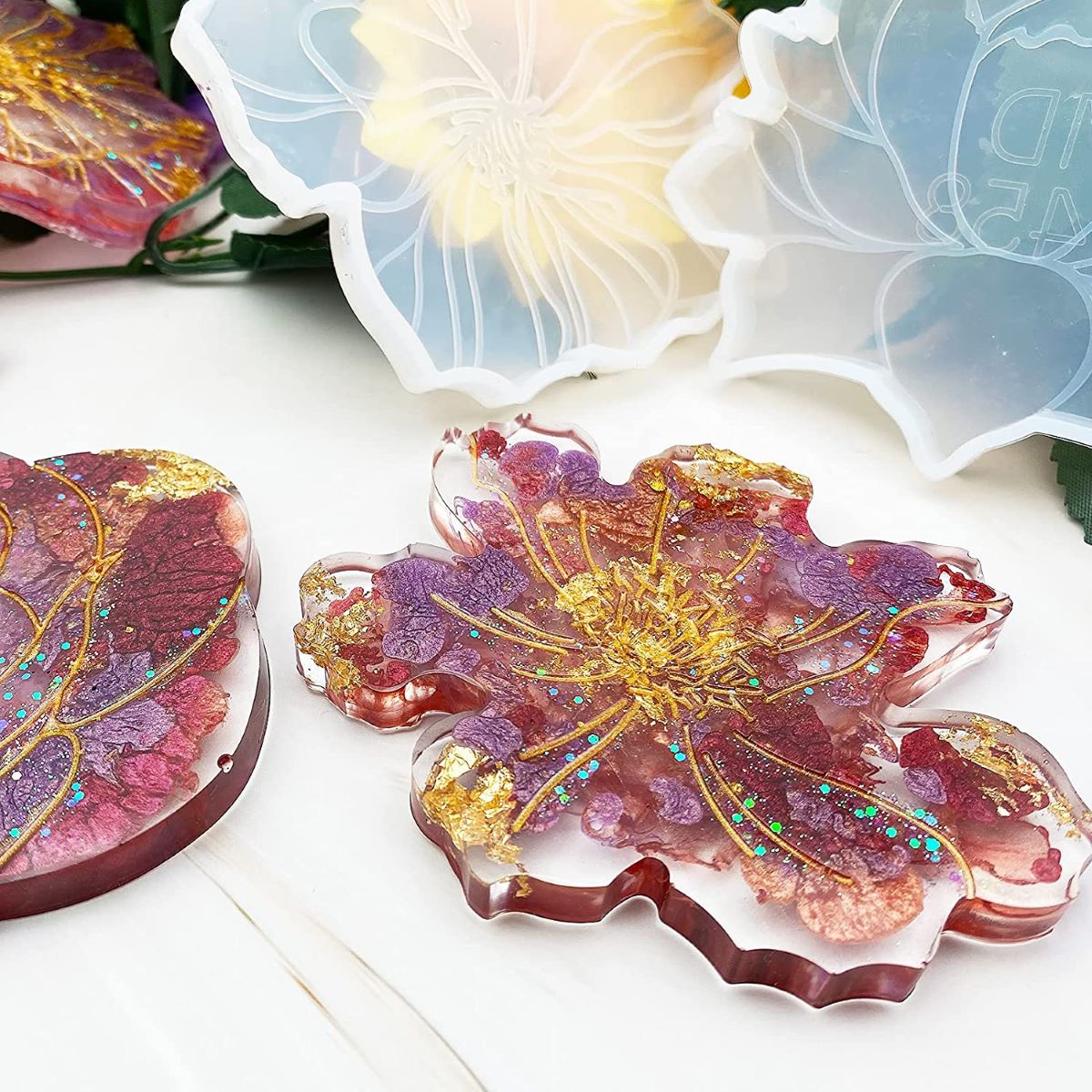
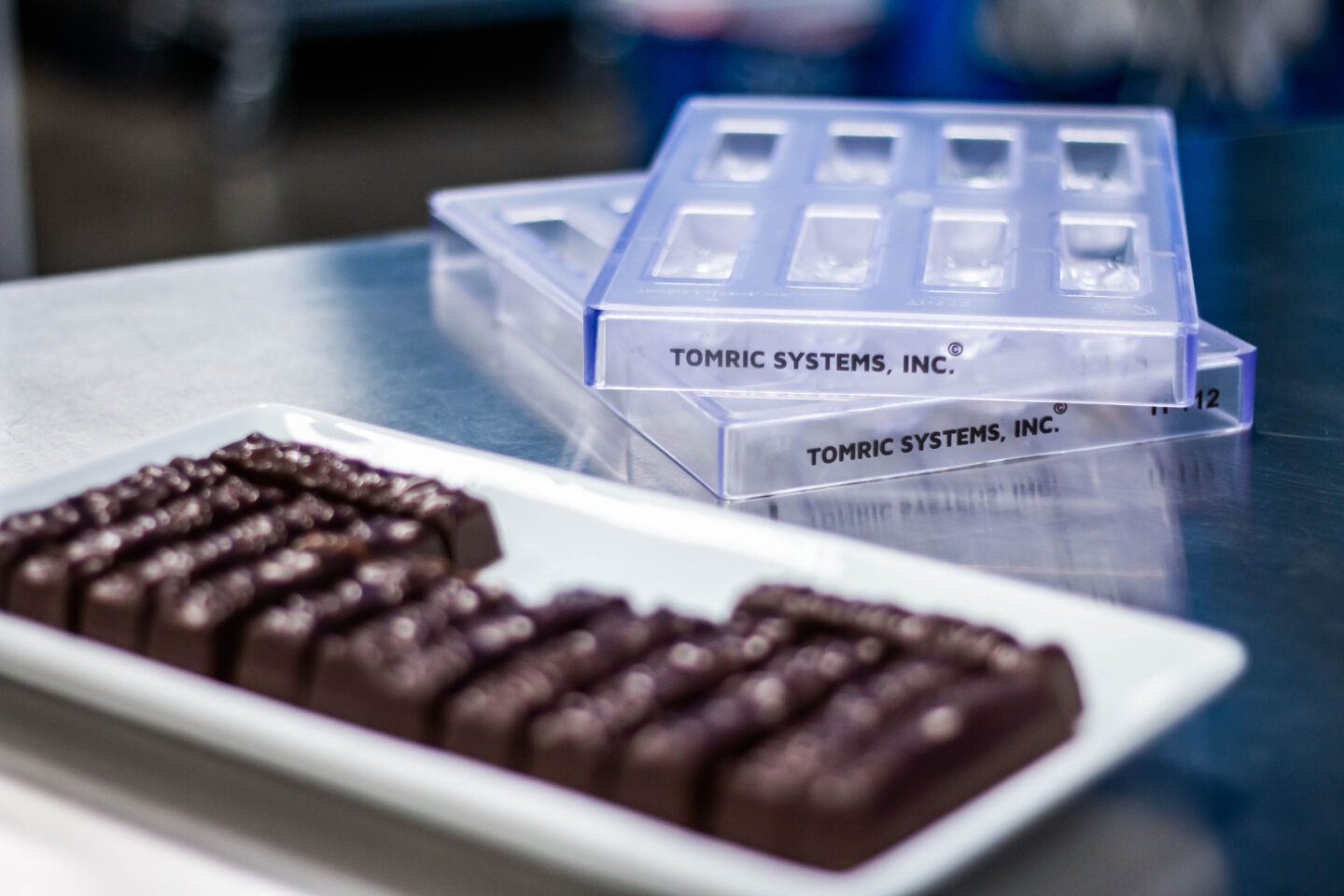
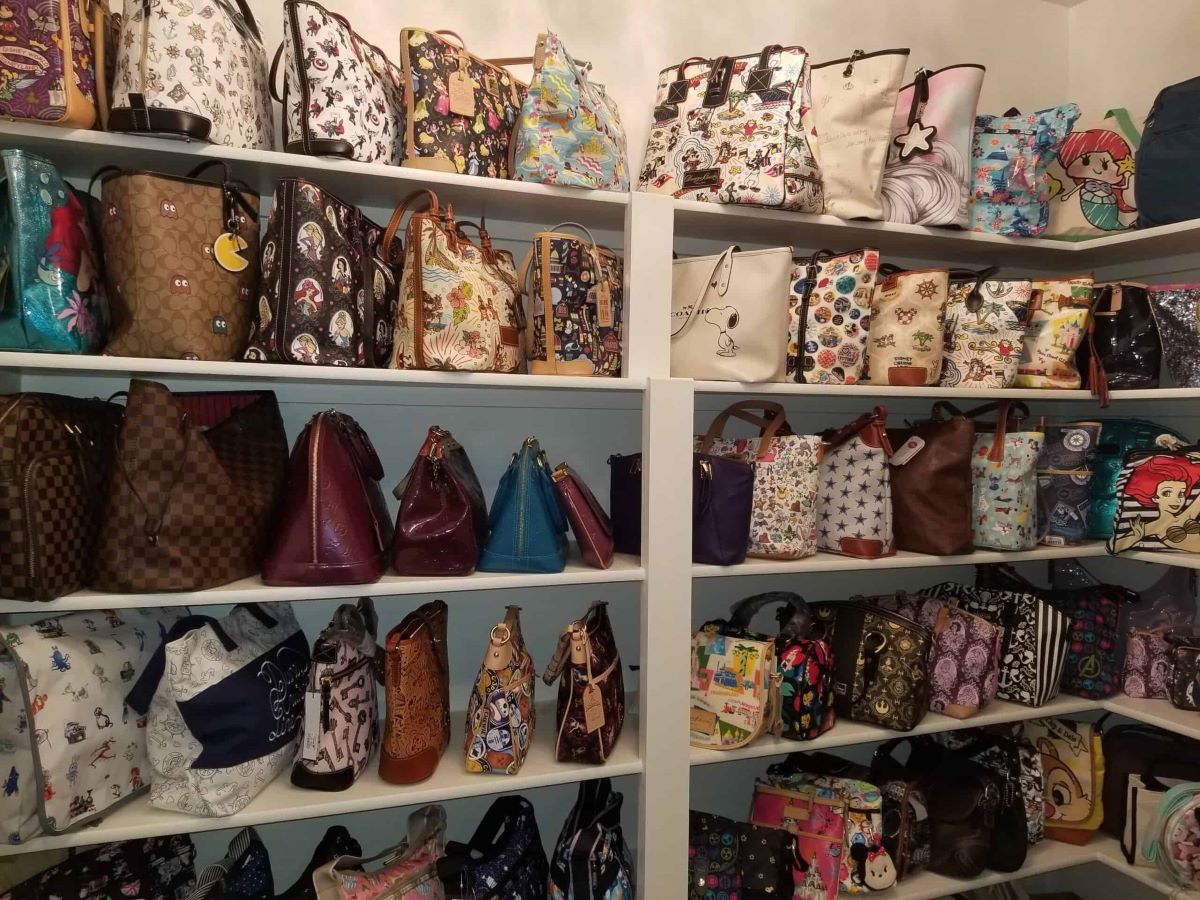

0 thoughts on “How To Store Bags To Prevent Mold”